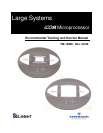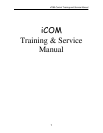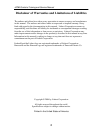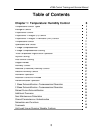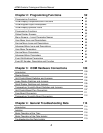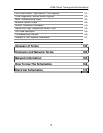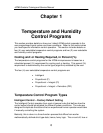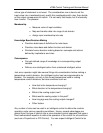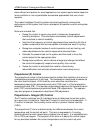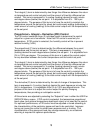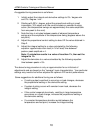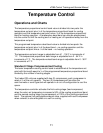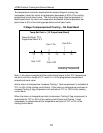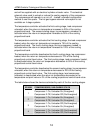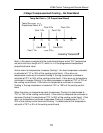
iCOM
Control Training and Service Manual
untrue type of statement is not used. The consideration now is how to set the
input value into a membership set, qualify this membership with rules, then decide
on the output consequence for action. It is not really that simple, but it is basically
how it works. The process:
Membership
• Measure value of input variables
• Map and transfer data into range of set domain
• Assign input membership into sets
Knowledge Base/Decision Making
• Provide a data base of definitions for rules base
• Provide a rules base and define function and domain
• Simulate human decision making based on concepts and actions
defined by implications and rules
Consequence
• Convert defined range of knowledge to a corresponding output
variable
• Define a non-intelligent action from a deduced intelligent action
Just as an operator might take several things into consideration before making a
temperature control decision, the intelligent control can be programmed to do
likewise. For example, not only is the current temperature used in making
temperature control decisions, but also conditions such as:
• How fast is the temperature changing?
• What direction is the temperature changing?
• What is the cooling output now?
• What was the cooling output in the past?
• How long ago was the cooling output changed?
• Other factors
Any number of rules can be used in an intelligent control to define the controls
operation under various operating conditions. Hence, several advantages are
gained from this type of control over a more standard control approach that uses a
fixed mathematical equation to define the operation of the control for all conditions
(such as a Proportional or PID Control). You can expect Intelligent Control to be
7



